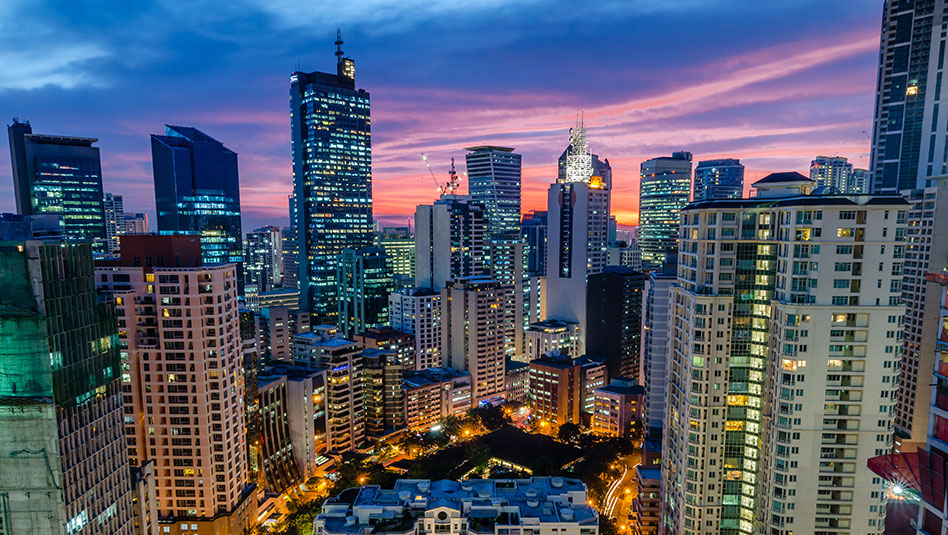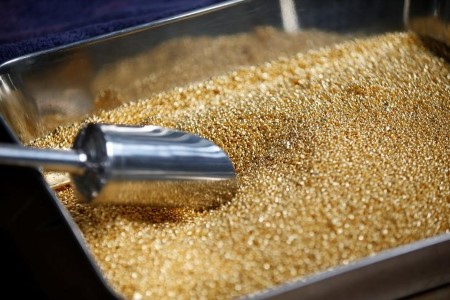NEW YORK, Feb 14 (Reuters) – A rally that has lifted stocks in the early weeks of 2023 may struggle to find its next leg higher as investors face more expensive valuations, a weak earnings outlook, and an uncertain economic backdrop.
Tuesday’s closely watched inflation report on US consumer prices showed the smallest annual price increase since late 2021. But the data did little to dispel expectations that the Federal Reserve will have to continue raising rates higher and keep them elevated for longer to drive inflation lower.
Meanwhile, companies in recent weeks have reported tepid fourth-quarter earnings and analysts’ profit outlooks have grown more pessimistic, while stock valuations are at their highest level in about six months.
“What this means is that we are probably going to be a little bit more choppy at this level,” said Shawn Cruz, head trading strategist at TD Ameritrade in Chicago, Illinois. “I don’t see this being the kind of report that we can get a strong rally off of.”
After initially rising on Tuesday, the S&P 500 was last down 0.5% on the day. Through Monday, the benchmark index had climbed 7.8% in 2023, after last year posting its biggest annual percentage drop since 2008.
The CPI data continues the trend of moderating annual inflation rates that have helped propel this year’s rally in risk assets. However, a stunningly strong jobs report earlier this month has fueled expectations that the Fed will need to raise interest rates higher than expected to rein in inflation in a still-humming economy.
The latest inflation number did not alter that outlook. Futures markets on Tuesday afternoon were pricing in rates rising to a peak of 5.3% in July and inching lower to 5% in December, a steeper trajectory than traders had projected at the beginning of the year. Both rates were slightly above where they stood prior to the CPI report.
The Fed has raised its policy rate by 450 basis points since last March from near zero to a 4.50%-4.75% range.
Treasury yields, which move inversely to prices, were higher after the data, with the yield on the 10-year US Treasury note last at 3.78%, continuing a move that has seen them rebound after falling to start the year. Higher yields on Treasuries, which are seen as among the market’s safest investments, can make stocks less appealing while also reducing the allure of equities in certain valuation models.
The market “continues to be incredibly sensitive to any data that will suggest that the Fed will have to either raise rates more or keep them higher for longer,” said Michael Arone, chief investment strategist at State Street Global Advisors.
At the same time, the S&P 500’s forward price-to-earnings ratio has climbed to 18.3 times, from about 17 times to start the year, according to Refinitiv Datastream. With fourth-quarter 2022 earnings estimated to have fallen from a year ago, analysts now forecast S&P 500 earnings falling 3.7% year-over-year in the first quarter of 2023 and 3.1% in the second quarter.
“I don’t see how you can get inflation back to target without a recession, and that means equities will be disappointed either on inflation or on earnings,” said Tim Drayson, head of economics at Legal & General Investment Management.
Some have also expressed concern about investor positioning, which has grown stretched in recent weeks as market participants piled into the stock rally.
One measure of equity positioning tracked by Deutsche Bank has bounced back to its highest point in about a year, from historically low levels in 2022.
“With investor positioning now more balanced, markets are more likely to be impacted by any bad economic news,” UBS Global Wealth Management said in a note on Tuesday.
Still, not all signs were negative for stocks. Fund managers’ cash levels remained above 5%, according to BofA Global Research’s monthly survey released Tuesday. Those levels have edged lower but remain near historic highs, an indicator the bank’s strategists say is positive for stocks.
Some investors are also becoming more optimistic that the economy can avoid a recession. Goldman Sachs economists last week lowered their probability of a recession over the next twelve months from 35% to 25% following strong economic data.
Michael Farr, of Farr, Miller and Washington, said he would be a buyer of individual stocks if they met his criteria, “but certainly wouldn’t be a buyer of the stock market.”
“The risk is higher and the potential reward is much lower right now,” Farr said.
(Reporting by Lewis Krauskopf; Additional reporting by Naomi Rovnick in London; Editing by Ira Iosebashvili and Nick Zieminski)







 DOWNLOAD
DOWNLOAD










